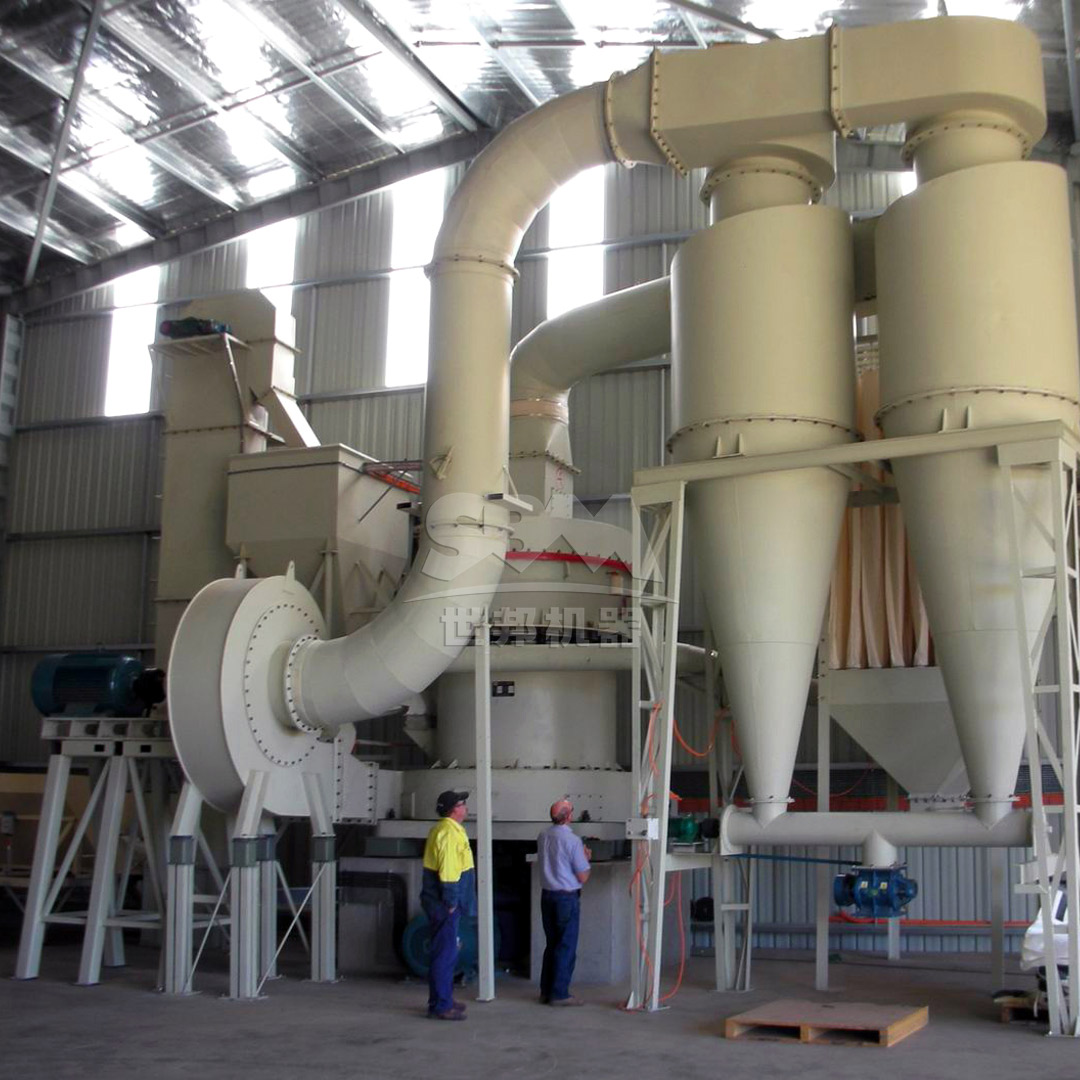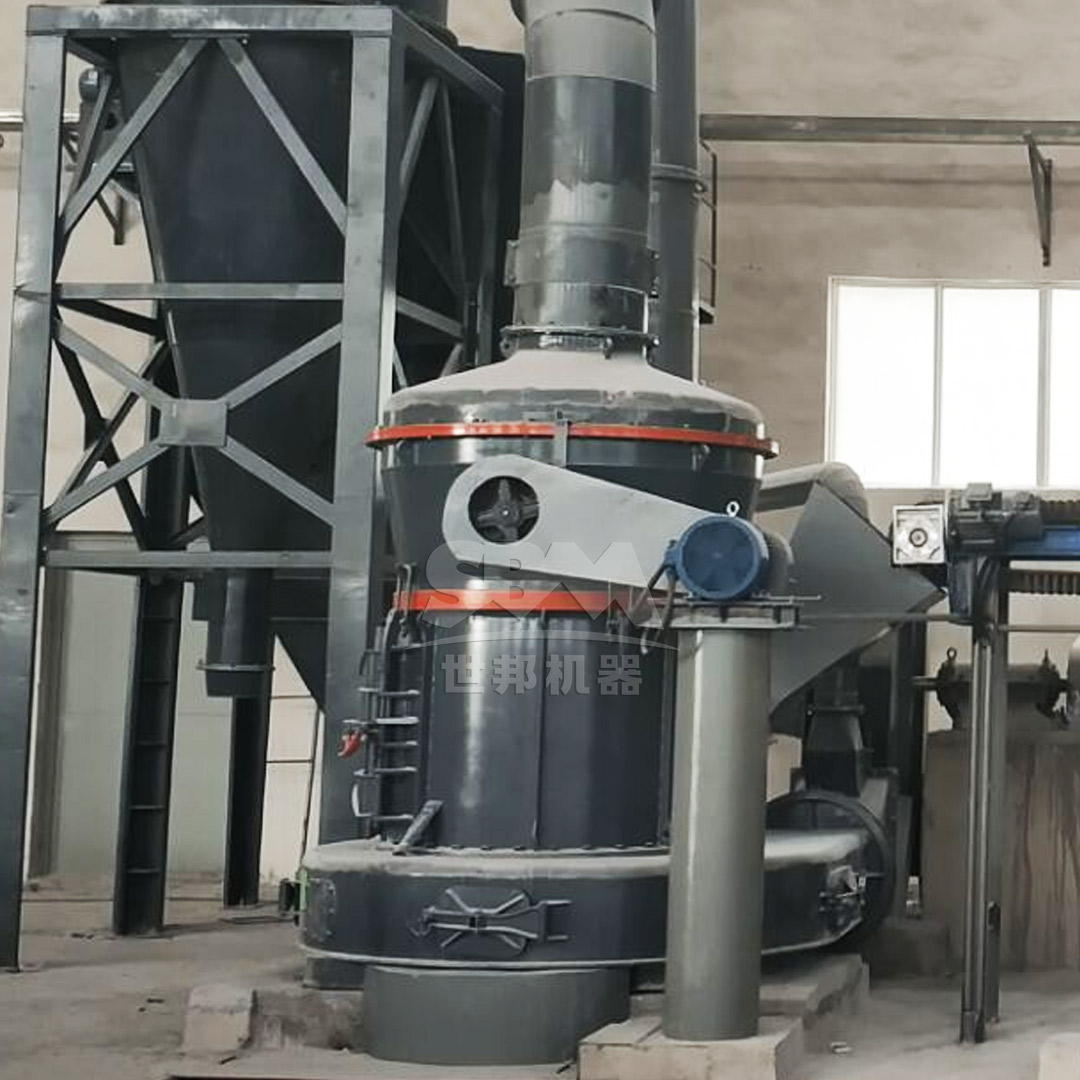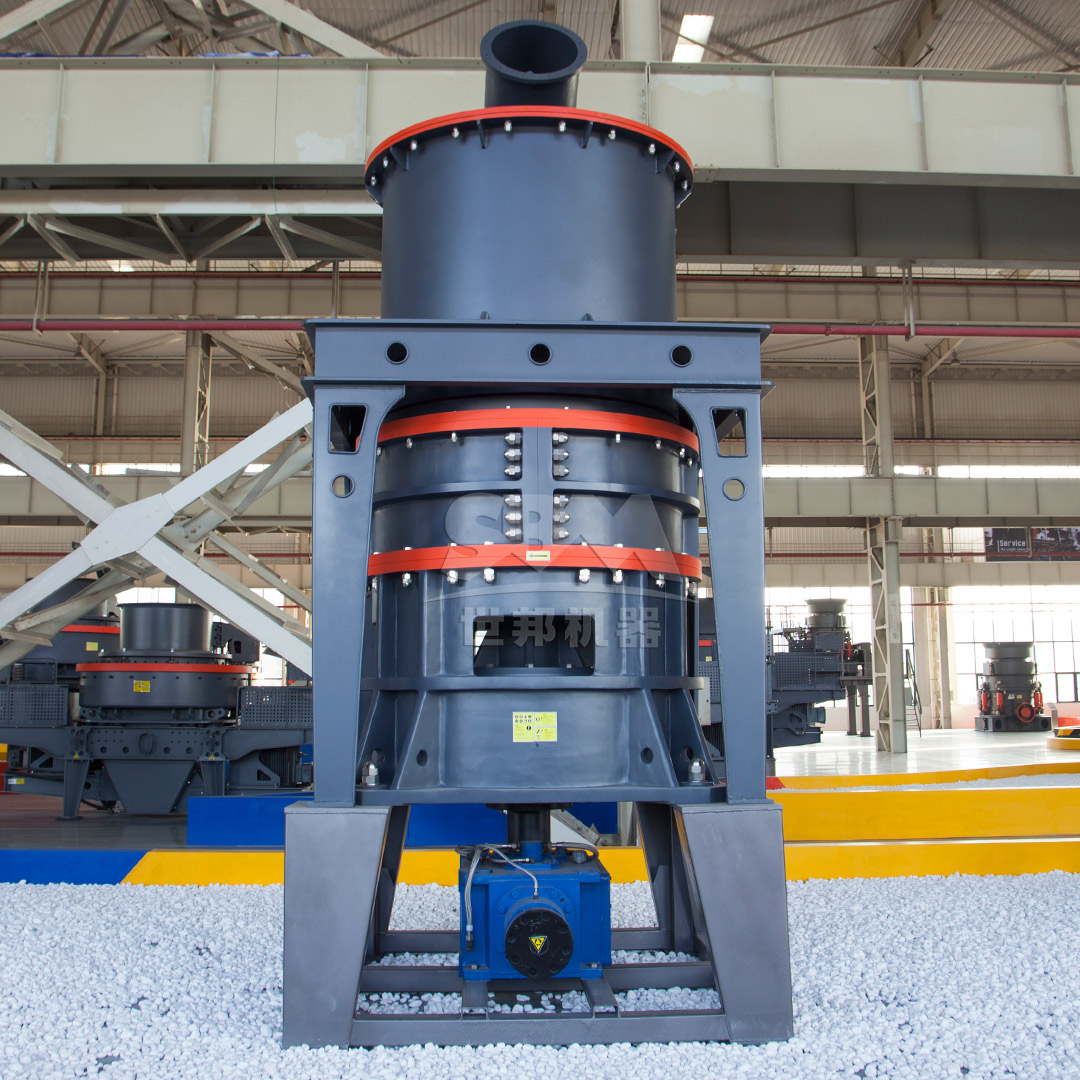The pursuit of superior cement strength and durability has long been a central focus in the construction materials industry. As global infrastructure demands escalate, manufacturers are increasingly turning to advanced grinding technologies to optimize clinker processing—the heart of cement production. Among these technologies, roller mills have emerged as pivotal tools for achieving precise particle size distribution, enhanced reactivity, and consistent product quality. This article explores the critical role of clinker roller mills in cement production, with a focus on how modern equipment designs contribute to strength optimization, energy efficiency, and sustainable manufacturing practices.
Cement strength development is fundamentally linked to the hydration process, where cement particles react with water to form strong crystalline structures. The rate and completeness of this reaction are heavily influenced by particle size distribution. Finer particles hydrate more rapidly, contributing to early strength development, while optimally graded particles ensure dense packing and reduced porosity in the hardened cement paste.
Traditional ball mills, while reliable, often produce broad particle size distributions with excessive fines that can increase water demand and reduce workability. Modern roller mills address this challenge through controlled grinding mechanisms that generate narrower, more optimized particle distributions. The resulting cement exhibits improved strength characteristics while maintaining optimal rheological properties.
| Particle Size Range (μm) | Contribution to Strength | Optimal Percentage |
|---|---|---|
| 1-3 | Early strength (1-7 days) | 15-25% |
| 3-30 | Medium-term strength (7-28 days) | 50-65% |
| 30-80 | Long-term strength (28+ days) | 15-25% |
| >80 | Inert filler (minimal contribution) | <5% |

Roller mills have revolutionized clinker grinding through their efficient bed compression principle. Unlike the impact and attrition mechanisms dominant in ball mills, roller mills apply controlled pressure to a material bed, resulting in more efficient size reduction with significantly lower energy consumption. This technology has evolved through several generations, with modern designs incorporating advanced classification systems, hydraulic grinding pressure control, and intelligent automation.
The fundamental advantage of roller mills lies in their ability to separate grinding and classification processes. Material is ground between rotating rollers and a stationary grinding table, then transported by air to an integrated classifier that separates particles according to size. Oversized material returns to the grinding zone, while properly sized product proceeds to collection. This closed-circuit operation enables precise control over the final product’s particle size distribution.
Modern cement plants require grinding equipment that delivers not only operational efficiency but also flexibility to adapt to varying raw material characteristics and product specifications. Among the advanced solutions available, the LM Series Vertical Roller Mill stands out for its exceptional performance in clinker grinding applications.
The LM Series incorporates several technological innovations specifically designed for cement production. Its集约化设计 (intensive design) integrates multiple functions—crushing, grinding, drying, and classification—into a single compact unit, reducing plant footprint by up to 50% compared to traditional grinding systems. This integrated approach significantly lowers civil engineering costs while simplifying material handling.
One of the most significant advantages of the LM Series is its low operating cost structure. The mill’s unique grinding principle, featuring non-contact design between磨辊 (grinding rollers) and磨盘 (grinding table), extends wear part life by up to three times compared to conventional mills. Combined with energy consumption that is 30-40% lower than ball mill systems, these features deliver substantial reductions in both capital and operating expenditures.

The intelligent control system represents another key advancement. The mill’s expert-level automation enables both remote and local operation modes, with real-time monitoring of critical parameters including grinding pressure, material bed thickness, and classifier speed. This sophisticated control capability minimizes the need for manual intervention while ensuring consistent product quality despite variations in feed material characteristics.
Environmental performance has been carefully addressed in the LM Series design. The fully sealed negative pressure operation maintains dust emissions below 20mg/m³, significantly exceeding regulatory requirements in most jurisdictions. Additionally, noise levels are controlled to ≤80dB(A), creating a safer and more comfortable working environment for plant personnel.
| Model | Grinding Table Diameter (mm) | Capacity (t/h) | Output Fineness | Main Motor Power (kW) |
|---|---|---|---|---|
| LM130K | 1300 | 10-28 | 170-40μm (80-400 mesh) | 200 |
| LM150K | 1500 | 13-38 | 170-40μm (80-400 mesh) | 280 |
| LM170K | 1700 | 18-48 | 170-40μm (80-400 mesh) | 400 |
| LM190K | 1900 | 23-68 | 170-40μm (80-400 mesh) | 500 |
| LM220K | 2200 | 36-105 | 170-45μm (80-325 mesh) | 800 |
| LM280K | 2800 | 50-170 | 170-45μm (80-325 mesh) | 1250 |
The relationship between grinding technology and clinker reactivity represents a critical consideration in cement strength optimization. Clinker minerals, primarily alite (C3S), belite (C2S), aluminate (C3A), and ferrite (C4AF), exhibit different grindability characteristics and hydration behaviors. Roller mills offer distinct advantages in managing these variations through precise control of grinding forces and temperatures.
Excessive grinding temperatures, common in ball mills, can dehydrate gypsum additives and create false set problems. Roller mills maintain lower operating temperatures through efficient air sweeping and controlled residence times, preserving the effectiveness of set regulators and ensuring predictable setting characteristics. This temperature control also prevents the formation of amorphous coatings on particle surfaces that can inhibit hydration.
For specialized applications requiring ultra-fine cement or blended cements with supplementary cementitious materials, the SCM Series Ultrafine Mill provides an excellent solution. This advanced mill system achieves remarkable fineness levels of 325-2500 mesh (D97≤5μm), making it ideal for producing high-performance cement formulations with enhanced early strength development.
The SCM Series incorporates several innovative features that optimize its performance in cement applications. Its高效节能 (high-efficiency energy saving) design delivers twice the capacity of jet mills while reducing energy consumption by 30%. The intelligent control system automatically monitors and adjusts product fineness, ensuring consistent quality without manual intervention.
The mill’s高精度分级 (high-precision classification) system utilizes a vertical turbine classifier to achieve precise particle size cuts. This technology prevents coarse particle contamination while ensuring uniform product quality. From a durability perspective, the特殊材质辊轮与磨环 (special material rollers and grinding rings) extend service life significantly, while the无轴承螺杆研磨腔 (bearingless screw grinding chamber) design enhances operational stability.

Environmental considerations have been thoroughly addressed in the SCM Series design. The pulse dust collection system exceeds international standards for filtration efficiency, while the acoustic enclosure maintains noise levels below 75dB. These features make the mill suitable for installation in urban environments or regions with strict environmental regulations.
A comprehensive evaluation of roller mill implementation in cement production reveals significant improvements in both product quality and operational efficiency. In one documented case, a cement plant transitioning from a ball mill circuit to an LM Series Vertical Roller Mill demonstrated a 38% reduction in specific energy consumption while increasing production capacity by 22%. More importantly, the cement produced exhibited a 15% improvement in 28-day compressive strength with reduced standard deviation, indicating enhanced product consistency.
The particle size distribution achieved with the roller mill showed a narrower range with optimized proportions in the critical 3-30μm size fraction. This distribution contributed to improved paste density and reduced capillary porosity in the hardened cement, directly correlating with enhanced durability characteristics. Additionally, the reduced temperature during grinding preserved the effectiveness of chemical additives, resulting in more predictable setting behavior and workability retention.
The evolution of clinker grinding technology continues to focus on further energy reduction, quality enhancement, and sustainability improvements. Emerging trends include the development of hybrid grinding systems that combine roller mills with high-efficiency classifiers for ultra-fine cement production, advanced process control systems utilizing artificial intelligence for real-time optimization, and designs that facilitate the use of alternative fuels and raw materials.
Digitalization represents another significant frontier, with smart sensors and IoT connectivity enabling predictive maintenance, remote operation, and seamless integration with plant-wide control systems. These advancements will further enhance the operational efficiency and environmental performance of cement production while continuing to push the boundaries of product quality and strength development.
The optimization of cement strength through advanced clinker grinding technology represents a critical opportunity for cement manufacturers to enhance product performance while reducing environmental impact. Roller mills, particularly the LM Series Vertical Roller Mill and SCM Series Ultrafine Mill, offer sophisticated solutions that deliver precise particle size control, reduced energy consumption, and superior operational flexibility. As the industry continues to evolve, these technologies will play an increasingly important role in enabling the production of high-performance, sustainable cement products that meet the demanding requirements of modern construction applications.